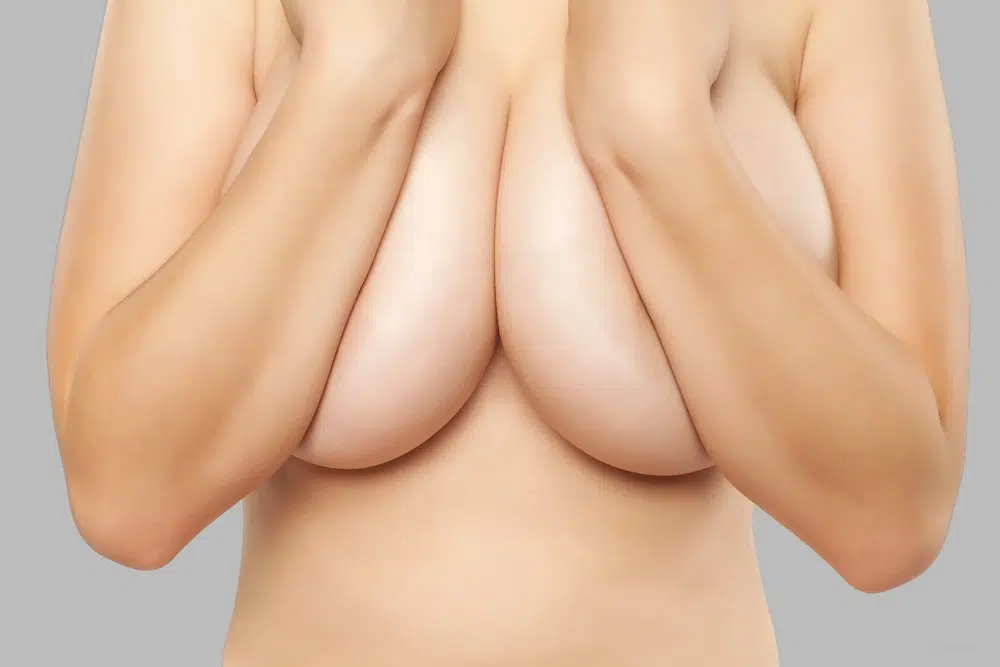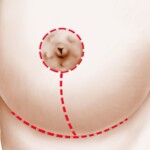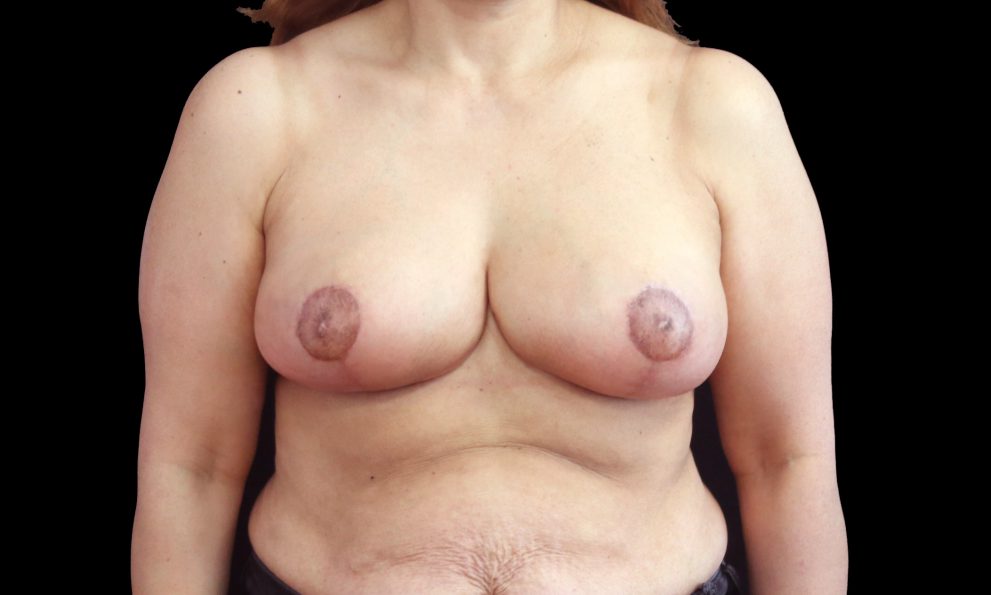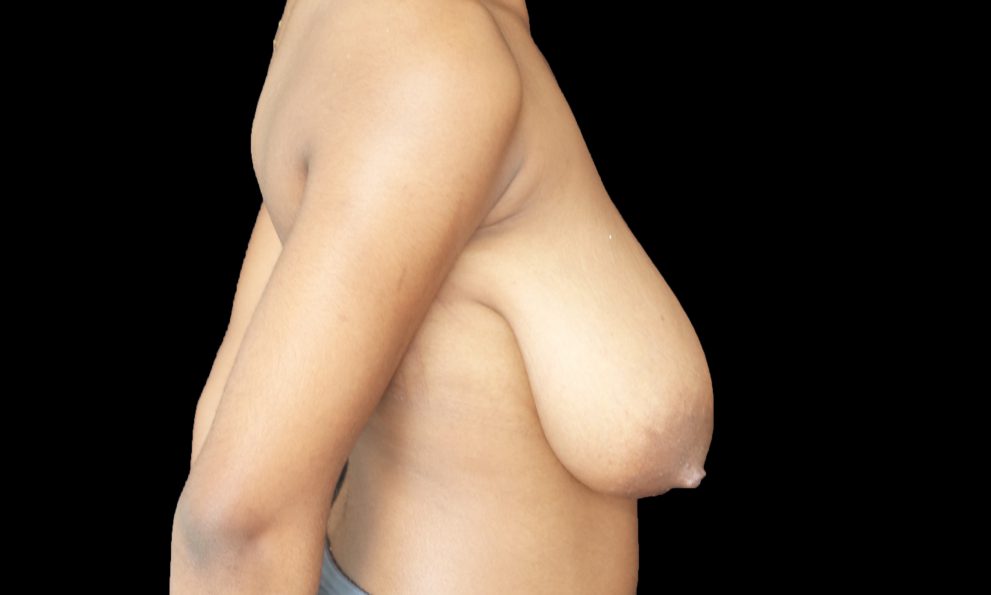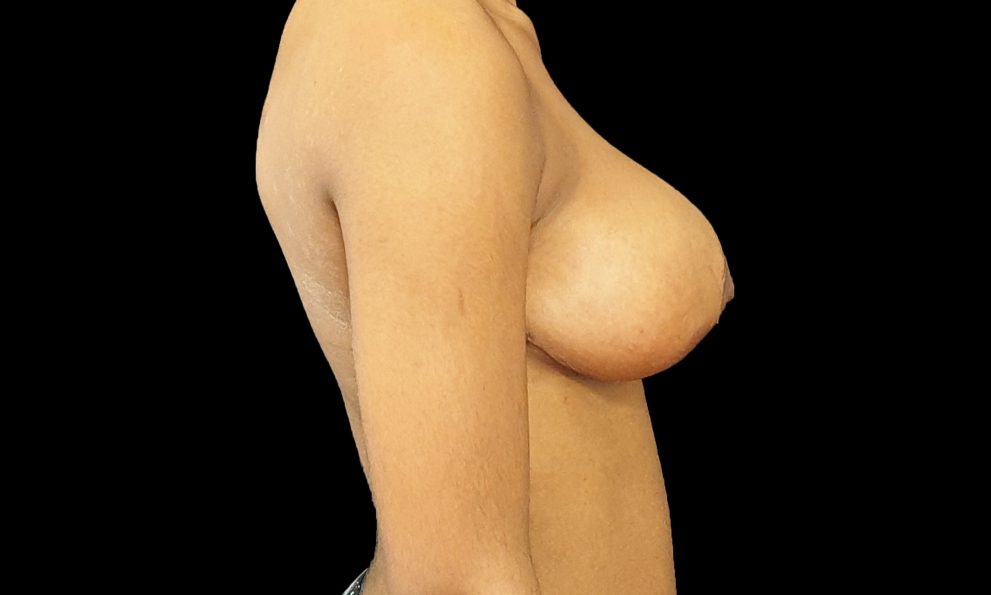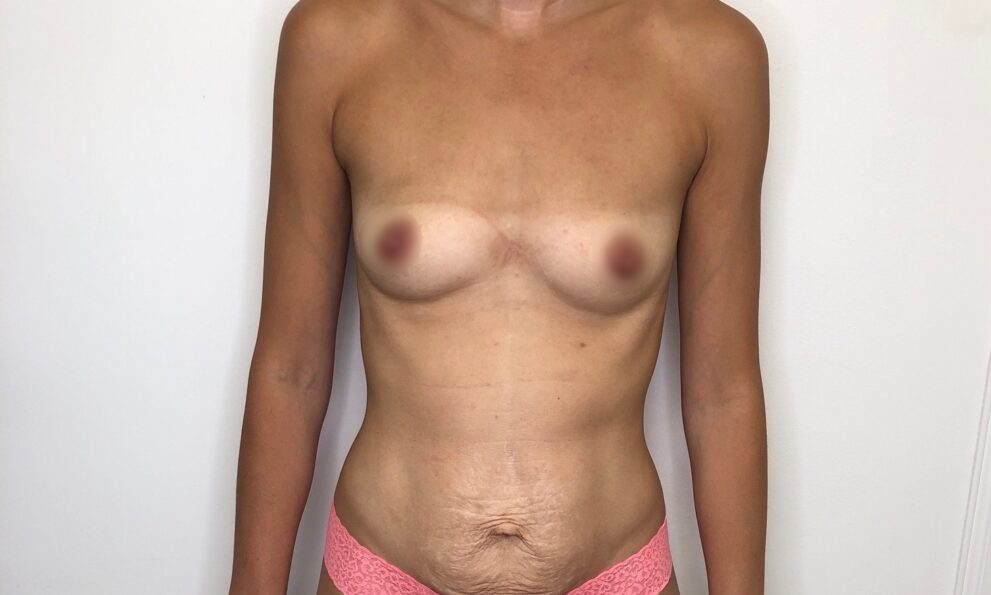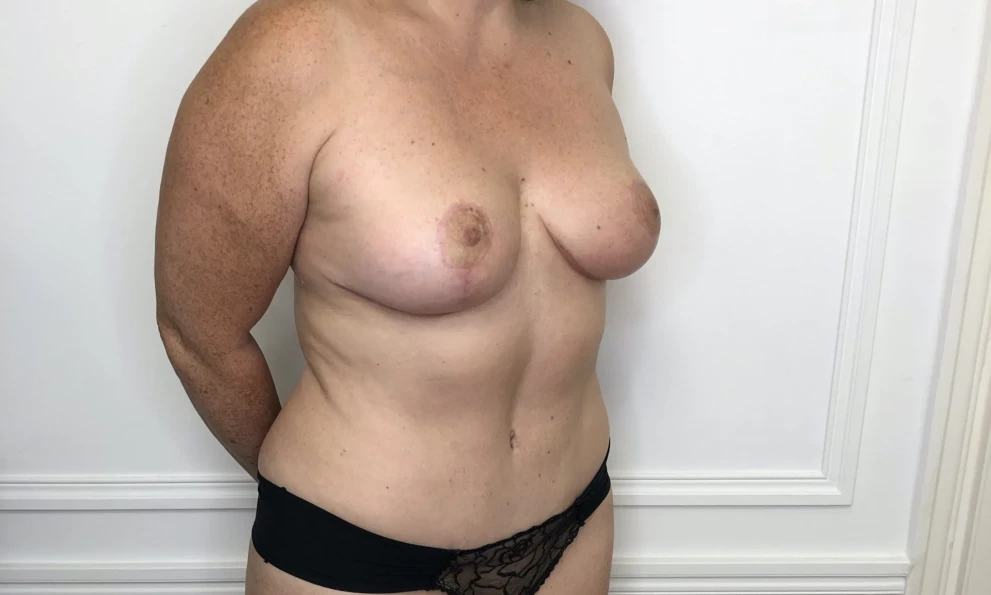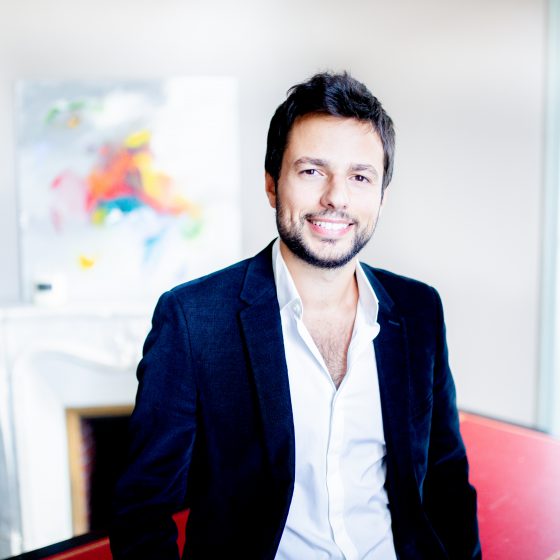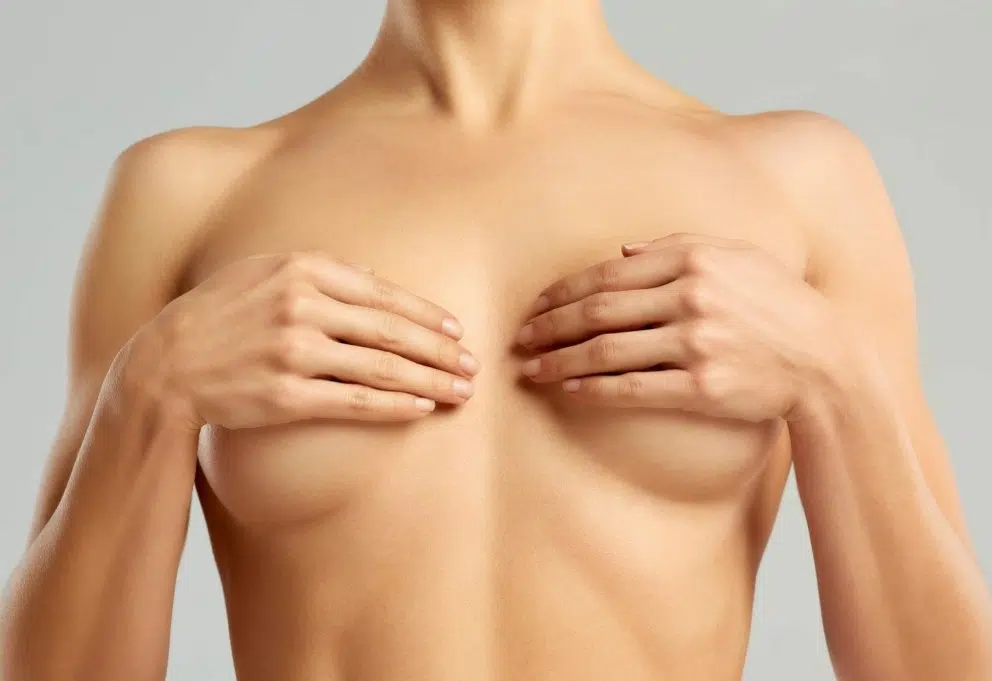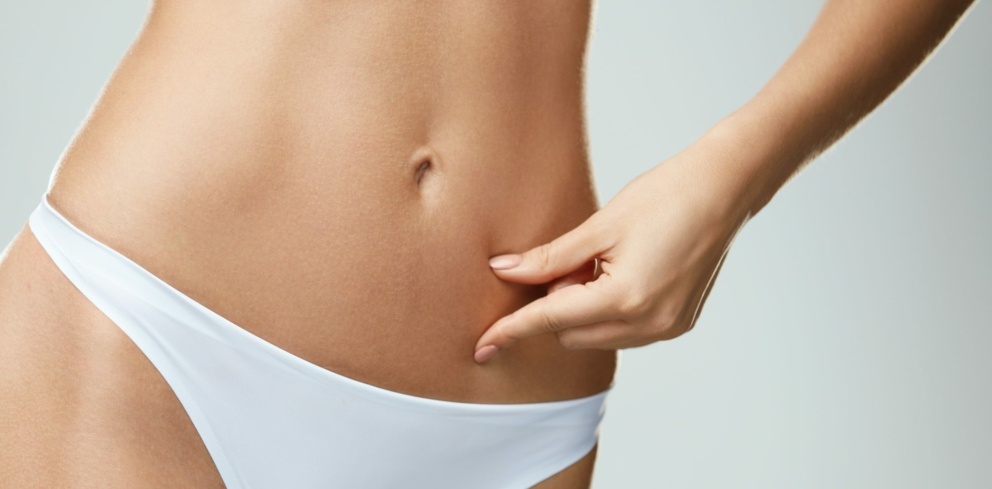BREAST REDUCTION IN PARIS: PROCEDURE, RESULTS AND FOLLOW-UP
Breast reduction, also known as breast reduction surgery, is a surgical procedure designed to reduce the size of the breasts. As a Plastic surgeon in Paris I regularly accompany patients faced with breasts that are too heavy, painful or a source of discomfort. Behind every operation, there's a story, a personal history, a need to reclaim one's body. The aim of this article is to answer your frequently asked questions on this subject. breast surgeryclearly and without false promises.
Your Questions
FREQUENTLY ASKED QUESTIONS ABOUT BREAST REDUCTION
CAN YOU BREASTFEED AFTER A BREAST REDUCTION?
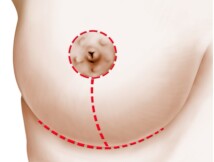
Yes, certain surgical techniques can preserve the milk ducts. The choice of surgical method depends on your anatomy and your plans for motherhood. If future breastfeeding is a priority for you, don't hesitate to discuss this with your surgeon. In some cases, it may be preferable to postpone surgery until after the desired pregnancies.
CAN THE BREAST GROW BACK AFTER SURGERY?
Yes, in the event of significant weight gain or pregnancy, the breasts can regain volume slightly. To ensure lasting results, nutritional support can be provided. A healthy lifestyle plays a key role in the long-term stability of results.
WHAT CARE IS NEEDED AFTER SURGERY?
After the operation, dressings are applied for the first 2 to 3 weeks. A medical bra must be worn day and night for around 4 weeks. In some cases, drains may be temporarily inserted to prevent hematoma. Regular post-operative follow-up is provided for three months after the operation.
WHAT IS THE RIGHT AGE FOR BREAST REDUCTION?
The procedure can be envisaged from the end of breast growth, generally from the age of 17 or 18. When hypertrophy causes significant embarrassment, pain, sporting limitations or social isolation, social security coverage may be considered, even for young patients.
CAN A BREAST REDUCTION CORRECT A STOOPED POSTURE OR ARCHED BACK?
Yes, by lightening the load on the trunk, breast reduction can considerably improve posture. Patients often report a feeling of relief in the back, shoulders and neck, sometimes as early as the first few days post-operatively.
WHAT EFFECT DOES THE URGOTOUCH LASER HAVE ON SCARS?
The UrgoTouch laserwhen applied at the end of the operation, helps reduce scar inflammation by post-operative. In time, scars are finer and more discreet.
Please note that laser treatment cannot make them disappear, only reduce them.
DOES A BREAST REDUCTION CHANGE THE WAY I DO SPORTS?
Absolutely. Many patients describe a real physical "relief": no more discomfort from bouncing around, from the gaze of others, or from wearing compression bras. Some return to activities they had abandoned, such as running, swimming or dancing.
HOW DOES BREAST REDUCTION IMPROVE SLEEP QUALITY?
Heavy breasts can restrict certain positions, leading to night-time awakenings. After the operation, and the recovery period, many patients sleep better, feel freer to move around, and note a marked improvement in the overall quality of their rest.
CAN BREAST REDUCTION BE PERFORMED WITHOUT A MAMMOGRAM?
A mammogram is strongly recommended before any breast surgery, especially after the age of 35 or if there is a family history. It ensures that there is no pathology. For younger women, an ultrasound scan may sometimes suffice.
WHAT IS THE DIFFERENCE BETWEEN BREAST REDUCTION AND BREAST LIPOSUCTION?
Liposuction of the breasts is reserved for a few very specific cases: breasts that are not very dense, with no sagging skin. It does not remodel the shape or reposition the areola. Breast reduction is more complete: it acts on the volume, shape and position of the breast.
WHEN IS THE BEST TIME OF YEAR TO HAVE A BREAST REDUCTION?
Autumn and winter are often preferred: cooler temperatures, covering clothing, easier convalescence at home. It is advisable to avoid sun exposure and swimming for the first few weeks after surgery.
HOW DOES THE SURGEON DETERMINE FUTURE BREAST SIZE?
At your first appointment, your target size is discussed, based on your figure, your wishes and surgical feasibility. Photographs of similar cases can help you get a better idea.
SHOULD THE POST-OPERATIVE BRA BE WORN AT NIGHT?
Yes, for the first four weeks, it should be worn 24 hours a day. This stabilizes the shape, supports healing and limits stress on the operated tissue.
IS IT NORMAL TO FEEL "ALIENATED" FROM YOUR BODY AFTER SURGERY?
Yes, this feeling is common in the first few days, even weeks. The change is visible, sensations may be altered, and the way you look at yourself evolves. This process of getting used to your new body is normal. If the discomfort persists, psychological support can be beneficial.
HOW TO GET A PRECISE QUOTE BEFORE THE FIRST CONSULTATION?
A full estimate is provided at the end of the surgical consultation. It is based on a personalized examination and takes into account all costs (surgery, anesthesia, clinic). No serious estimate can be drawn up without prior discussion.
WHAT DOCUMENTS DO I NEED TO PROVIDE MY MUTUAL TO OBTAIN A REIMBURSEMENT?
If Social Security agrees, you will need to pass on the information to your mutual insurance company:
- the surgeon's signed estimate
- the invoice paid after the intervention
- notification of CPAM agreement
Some mutual insurance companies also ask for a letter from a doctor.
YOU MAY BE INTERESTED
IN THESE SECTIONS
TO DR. DJIAN
